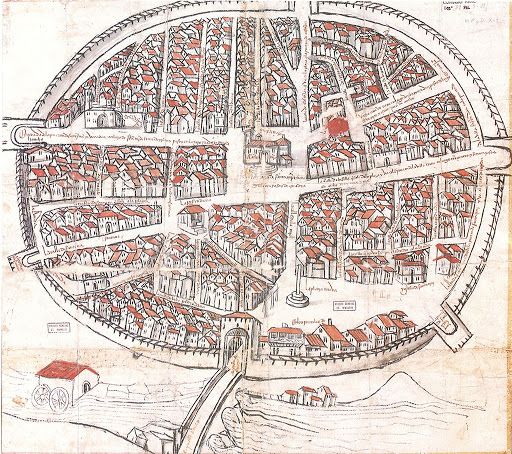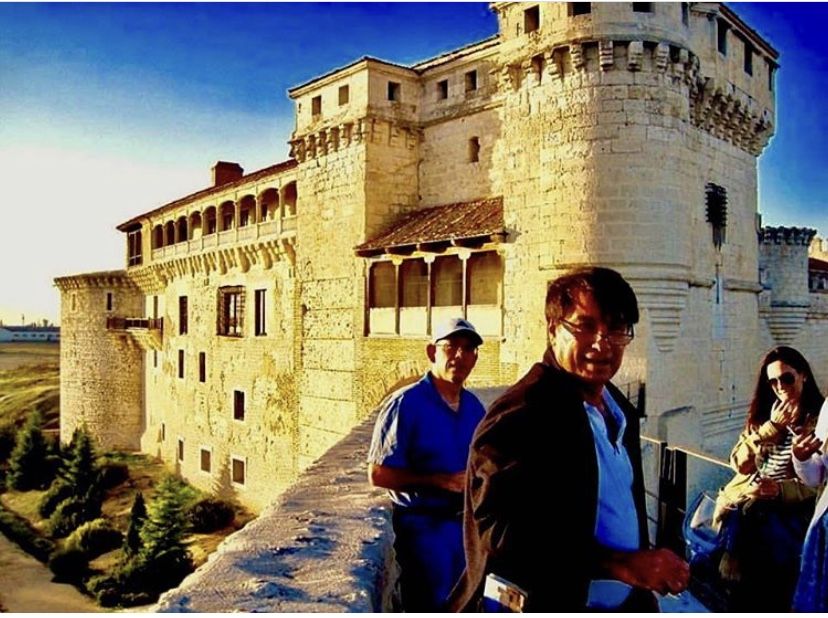History of wine in the world and seen from Ribera del Duero.
Wine Origin
The history of wine begins 5,000 years before Christ in China, Mesopotamia, and Georgia.
Burning sun and some grapes begin to ferment. Someone eats those grapes and starts laughing nonstop.
1000 years before Christ are the Phoenicians, good merchants, and navigators who bring the culture of wine to the Iberian Peninsula.
Later, the Romans came to Spain. They were very good fighters but also organized fantastic parties in which wine would be always present.
Then the Visigoths. At that time the Monasteries and the Catholic church preserved the culture of wine.
In the Arab presence, it was a dark stage since the Muslims were forbidden to drink wine.
Medieval wine in Ribera del Duero
In the fifteenth and sixteenth centuries and with the unification of the kingdoms of Castile and Aragon and the conquest of the kingdom of Granada, communication routes were safe and certain towns were famous for their wines. Among them, certain towns of what was already called Ribera del Duero stood out. Innkeepers from 100 miles around traveled to these towns to buy their wines. They did it with their carriages pulled by mules or horses. It could take them 3 days to arrive and another 3 days to come back.
At that time the dangerous thing was to drink water because it could be contaminated by the excrement of cows and sheep. Drinking wine was much better for his health and for his soul.
The problem was keeping the wine in good condition. It occurred to them that by digging underground cellars the wine could be kept in good condition by being at a cool temperature, without light and without noise.
France forerunner of the production of quality wines. Wooden barrels.
The French were the first to make quality wines.
On one of their trips to America in which they brought wine, they discovered by chance that if the wine was kept in new oak barrels, the quality of the wine improved and it could be kept for years.
Vine phylloxera
Someone brought some American vines to France and within those vines was phylloxera, an insect that when it arrived in France eat the leaves and roots of French vines. Phylloxera devastated the whole French vineyard.
While a solution is being sought, some French decide to come to Rioja and teach the people of Rioja how to make quality wines. They teach the people of La Rioja what to do in the vineyard to have quality wines, how to age wines in barrels, what the tools were to make quality wines, how to create an organization to teach each other how to make those wines and how to make a brand of the region to sell the wines internationally.
It is later discovered that if one uses the roots of an American vine and grafts a European vine on it, it is protected from phylloxera.
A new era for wine exports
After the second world war, the United Kingdom already knew of the goodness of French and Spanish wines.
They are Spanish emigrants who arrive in New York and ask for a glass of wine in a bar realize that the price of wine in the United States is much higher and that Spanish wines can compete for one on one with what is being served there. And they become importers.
This causes a big rise in Spanish wine prices.
Robert Parker likes Ribera del Duero wines
Robert Parker invents scoring. “I like this wine, I’m going to give it 95 points. I don’t like this wine, I rate it 55 points.” The wine world realizes that this valuation reduces the risk of its sales of quality wines. For this reason, there was a boom in Ribera wine exports.
And Robert Parker says more. He says that he really likes Ribera del Duero wines. It is then that the Ribera wines boomed.
Ribera del Duero Denomination of Origin Start
5 wineries and some cooperatives decided in 1982 to follow the same steps that Rioja had done 50 years before. They founded the Designation of Origin Ribera del Duero. At that time, the marketing of wine was a matter of professional specialists in the marketing and distribution of wine.
Internet. Revolution of wine tourism and logistics.
In 2022 there are no longer 5 wineries but 316 in the region and there has been a revolution in wine tourism, logistics and in the relationship with the final consumer.
Ribera del Duero has become one of the most important regions in the world for the production of quality wines. It is very important for a Ribera del Duero winery to let the world know that they make Ribera del Duero wines and that this gives a guarantee of quality.
And it is also important to make the consumer understand that although they are a winery among the 316 wineries in Ribera del Duero, they also compete to be one of the best wineries in Ribera del Duero. Because, if you make wine exactly the same as your neighbor, why is the consumer going to buy your wine and not your neighbor’s?
Wineries are beginning to understand that wine tourism is an alternative source of income and a way of having direct communication with the final consumer, and many of them open their doors to these visitors.
Are you interested in booking a wine day tour to Ribera del Duero from Madrid? Do it in here.



